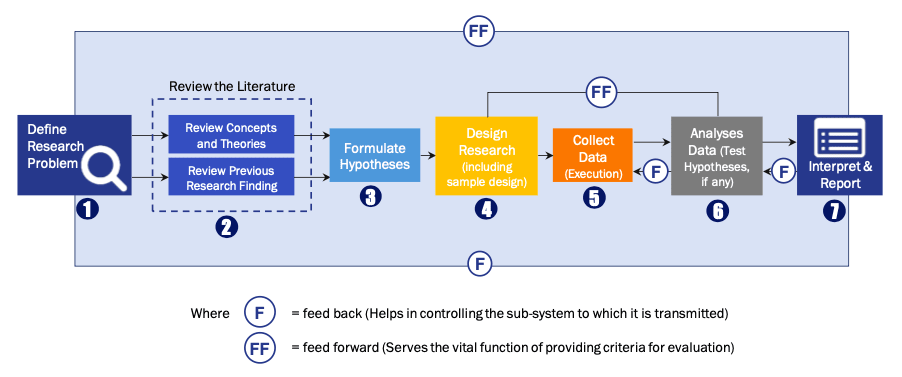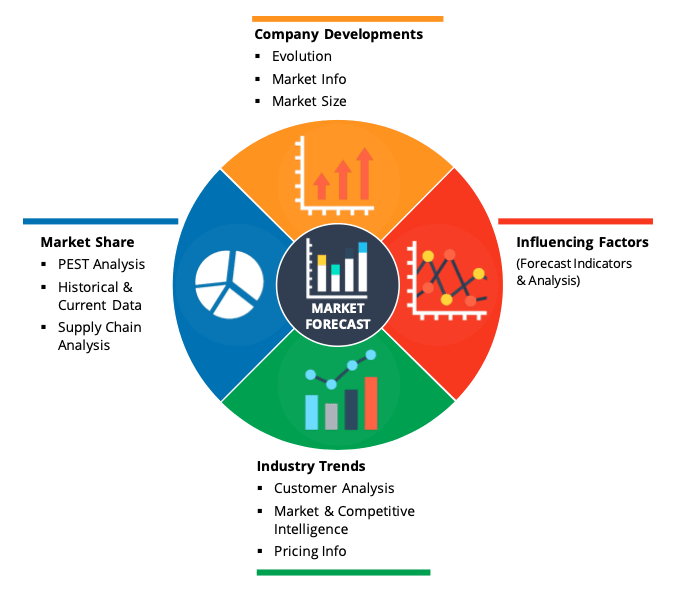Healthcare providers generate and collect an outsized amount of knowledge from a huge array of internal sources, like electronic health records (EHRs), radiology images, pharmacy sales, prescription information, lab tests, and insurance claims data. The quantity of this digital data is growing exponentially per annum, majorly thanks to changes within the payer environment, like incentives for the meaningful use of EHRs and a shift towards value-based payments. The effective management of an outsized volume of data requires significant computing power and IT bandwidth. Within the on premise storage of data, healthcare providers are required to take a position more in IT infrastructure with a rise in data load. As a result, on premise storage isn't considered as a viable option for the storage of a large volume of healthcare data. Cloud computing, on the opposite hand, enables all big data operations through the supply of huge storage and processing power. Additionally, cloud-based analytical tools help providers better manage patients by transforming health data into actionable insights.
A major concern associated with cloud solutions is that the info hosted by vendors isn't as secure as data stored on premise. Patient information is taken into account sensitive, and a high degree of privacy must be maintained in order that this information is accessible to authorized users only. Though the cloud offers various benefits and security measures, the info stored on the cloud remains susceptible to cyber-attacks. With the increasing volume of patient data and rising initiatives towards digital transformation in healthcare, data security and privacy concerns are increasing rapidly. Moreover, patients themselves are concerned about the safety of their data, which adds to the need of maintaining security standards for data protection. Public clouds face similar security issues as traditional IT systems and are thus not preferred. Although private clouds offer more secure access protocols and systems, the healthcare industry remains skeptical about the info security of a personal cloud.
In addition, the current Global Market study offers a detailed analysis of the current COVID-19 pandemic impact on the market growth and its influence on the future growth of the Global Market. The recently published report demonstrates the elevation in the demand for the healthcare sector. The healthcare manufacturers have experienced long term as well as short term effect which includes supply shortages, panic buying and stocking, regulation changes as short-term whereas approval delays and possible trend variations in consumption could be perceived as long-term impacts of COVID-19 on the health and pharmaceutical market.
The increasing need for a cure has pushed vaccine research and manufacturers to the limit. In addition to this, panic conditions have already spurred the demand for many healthcare products and services which are discussed in detail in this report. Moreover, the impact of COVID-19 on overall market revenue for the base year 2020 and its projection up to 2027 is provided in detail in this report.
Software as a service (SaaS) segment is propelled by rising digital health services provided by various vendors. Increasing usage of wearable devices, big data analytics, and Internet of Things are a number of the attributes which will augment segment growth. Furthermore, factors like faster deployment rate, lower cost of ownership, security, among others, are accountable aspects for the general market progression.
The hospital end-use segment, Growing number of hospital admissions, adoption of technologically advanced products and complicated healthcare infrastructure are a number of the factors favouring the market demand. Moreover, hospitals are the first adopters amongst all the organizations. Large-scale operations, multi-functionality, management of enormous amount of information and cost-cutting are foremost aspects resulting in high acceptance of healthcare IT solutions in hospitals globally.
The clinical information systems segment rising demand for advanced tools in digitization of clinical functions data management among healthcare organizations in healthcare facilities. Additionally , surging specialise in digitalization of healthcare industry and growing adoption of technology to store also as integrate enormous healthcare data will impel the industry growth over the forecast period.
Market Analysis, Insights and Forecast – By Service Model
· Software as a Service (SaaS)
· Infrastructure as a Service (IaaS)
· Platform as a Service (PaaS)
Market Analysis, Insights and Forecast – By End Use
· Hospitals
· Pharmacies
· Diagnostic and imaging centers
· Ambulatory centers
· Private payers
· Public payers
· Others
Market Analysis, Insights and Forecast – By Application
Healthcare Cloud Computing Market Regional Overview
Region-wise, in terms of regions, Asia Pacific is predicted to grow at the best CAGR during the forecast period. The changing demographics in highly populous countries like China and India, large volumes of patient data generated as results of the growing disease burden within the region and various government initiatives that specialize in healthcare digitization are driving the expansion of the healthcare cloud computing market within the Asia Pacific. Additionally, the present outbreak of COVID-19 within the region has resulted within the increased patient pool, resulting in subsequent increase in telehealth and virtual healthcare delivery options. Increasing investments for modernization of the country’s healthcare infrastructure is thus, expected to fuel the expansion of the healthcare cloud computing market within the APAC region.
Healthcare Cloud Computing Market, By Geography
· North America (US & Canada)
· Europe (UK, Germany, France, Italy, Spain, & Rest of Europe)
· Asia-Pacific (Japan, China, India, Australia, & South Korea, & Rest of Asia-Pacific)
· LAMEA (Brazil, Saudi Arabia, UAE & Rest of LAMEA)
Healthcare Cloud Computing Market Competitor overview
Some key developments and strategies adopted by manufacturers in the Healthcare Cloud Computing are highlighted below.
· In January 2020, Care Cloud was acquired by MTBC Inc, a healthcare IT company. This acquisition offered its customers several ways to enhance patient outcomes, increase practice profitability and streamline physician workflows. This strategy helped the corporate in attracting larger customer base.
Healthcare Cloud Computing Market, Key Players
· Cisco Systems
· Amazon
· Allscripts Healthcare Solutions
· PLEXIS Healthcare Systems
· CareCloud
· Siemens Healthineers
· Oracle
· ClearDATA
· Cerner
· Microsoft
· Dell
Data Library Research are conducted by industry experts who offer insight on industry structure, market segmentations technology assessment and competitive landscape (CL), and penetration, as well as on emerging trends. Their analysis is based on primary interviews (~ 80%) and secondary research (~ 20%) as well as years of professional expertise in their respective industries. Adding to this, by analysing historical trends and current market positions, our analysts predict where the market will be headed for the next five years. Furthermore, the varying trends of segment & categories geographically presented are also studied and the estimated based on the primary & secondary research.
In this particular report from the supply side Data Library Research has conducted primary surveys (interviews) with the key level executives (VP, CEO’s, Marketing Director, Business Development Manager and SOFT) of the companies that active & prominent as well as the midsized organization
FIGURE 1: DLR RESEARH PROCESS

Extensive primary research was conducted to gain a deeper insight of the market and industry performance. The analysis is based on both primary and secondary research as well as years of professional expertise in the respective industries.
In addition to analysing current and historical trends, our analysts predict where the market is headed over the next five years.
It varies by segment for these categories geographically presented in the list of market tables. Speaking about this particular report we have conducted primary surveys (interviews) with the key level executives (VP, CEO’s, Marketing Director, Business Development Manager and many more) of the major players active in the market.
Secondary ResearchSecondary research was mainly used to collect and identify information useful for the extensive, technical, market-oriented, and Friend’s study of the Global Extra Neutral Alcohol. It was also used to obtain key information about major players, market classification and segmentation according to the industry trends, geographical markets, and developments related to the market and technology perspectives. For this study, analysts have gathered information from various credible sources, such as annual reports, sec filings, journals, white papers, SOFT presentations, and company web sites.
Market Size EstimationBoth, top-down and bottom-up approaches were used to estimate and validate the size of the Global market and to estimate the size of various other dependent submarkets in the overall Extra Neutral Alcohol. The key players in the market were identified through secondary research and their market contributions in the respective geographies were determined through primary and secondary research.
Forecast Model
